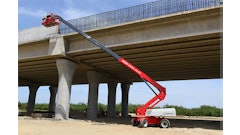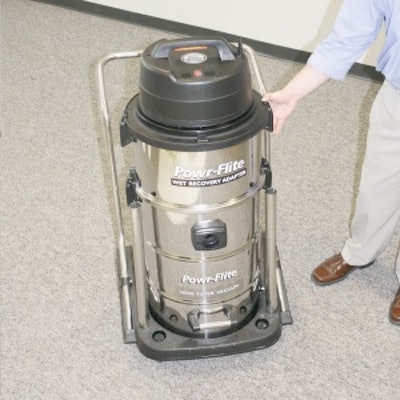
A homeowner in Maryland kept postponing cleaning his gutters. He knew it had to be done, but each weekend it seemed as though it just got harder and harder to climb the ladder and get the chore done.
By the time summer rolled around, heat became another deterrent. Who wants to spend the day on a roof with the hot sun shining down? But by the summer of 2006, this homeowner paid the price for his procrastination.
That summer, Maryland was soaked with 11 inches of rain. Because the gutters had not been cleaned, water seeped into his basement. Floor drains in the cellar became clogged, leaving several inches of standing rainwater.
In an attempt to remove the water from his flooded basement, the homeowner rented a wet/vac vacuum system from a local rental supply company. Although the system worked perfectly, helping this homeowner remove the rainwater and clean his basement, it was not without some harrowing moments, most of which could have been avoided had the homeowner known a bit more about how to use a wet/vac vacuum system, especially after a natural disaster.
As with scores of other tools that homeowners, building owners and property managers rent regularly, there are some safety precautions they should be aware of. To make sure your customer uses these helpful tools effectively and safely, here are some things you should know.
What Is a Wet/Vac Vacuum Cleaner?
Wet/vac vacuum cleaners are sometimes referred to as shop vacs because they are typically designed for more heavy-duty use than a traditional vacuum and have the functionality to remove both moisture and dry soil from a variety of surfaces. The first wet/vacs became popular after World War II, where they were put to use primarily in industrial and "shop" settings.
The early machines tended to weigh a lot because they were made of heavy metal; they were also loud and hard to maneuver. However, over time, wet/vac technology improved, the loud "screaming" noise associated with the machines was muffled, and they became lighter and much easier to use. This is why today they are used as frequently, if not more so, by home and property owners as they are in industrial settings. And because they are often rented, the rental industry has had a lot to do with making this happen.
According to Rob Godlewski, vice president of marketing for Powr-Flite, which makes a full range of wet/vac machines and other professional cleaning equipment, wet/vac vacuums typically come in three different sizes based on their capacity: 5, 15, and 20 gallons. There are also three different categories for wet/vac systems. These are:
"Rental houses should select models with double-sealed motor bearings and extra shielding to keep moisture and dirt out of the bearings and other motor components," says Godlewski. "This is the main cause of motor failure, and without this added protection, the life span of the machine, especially when used by nonprofessionals who rent the equipment, can be limited."
Godlewski also advises rental companies to select equipment with a self-sealing vacuum swivel hose because it allows the machine to be moved by pulling the hose without fear of disconnecting. Also, having a swivel hose connector that turns 360 degrees makes using a wet/vac system easier and less fatiguing. "We conducted a survey recently and asked professional cleaners what they like most in a wet/vac vacuum," he says, "and the 'most appreciated' item was having a hose connector that turns 360 degrees."
The other features he recommends when selecting a wet/vac machine for rental purposes include these:
Safety Issues
A mistake our previously discussed home owner made after renting a wet/vac vacuum cleaner was not turning off the electricity in the flooded basement of his home. He was fortunate in the fact that he just happened to be wearing leather work boots that were electrically approved-designed to prevent an electrical hazard. Rental managers should always advise their customers to turn off all electricity when cleaning up flooded areas and, to be on the safe side, also wear protective footwear.
Additionally, these machines should always be connected to a safety electrical outlet, commonly known as a GFCI (ground-fault circuit interrupter). These are found in most homes built in the past 20 years and commonly have test and reset buttons on the outlet panel. These systems monitor electrical flow and turn off the electricity immediately if the current "leaks" somewhere, helping to prevent electrical shocks or worse. Have GFCI electrical strips available for rent along with the machine in case customers are unsure of whether they have GFCI outlets, says Godlewski.
"Also advise your customers that a wet/vac is not a pump but a vacuum," adds Godlewski. "It will absorb moisture up to its capacity, 5, 15, or 20 gallons, and at that point the sound of the machine will typically change, indicating the machine is full."
What is actually happening is a float device in the machine rises as the vacuum fills with moisture and soil. When it reaches a certain level, the machine's maximum capacity, it blocks any further intake into the machine.
Many More Uses
In the Powr-Flite survey mentioned earlier, it was noted that although some cleaning professionals delayed purchasing a wet/vac vacuum cleaner, once they did purchase one, they found many more uses for the equipment than anticipated. The same can apply to customers who want to rent these machines.
"Whether it's for cleaning up a flooded basement or just cleaning up the garage, home, business, and property owners typically find a multitude of uses for this equipment," Godlewski says. "I would definitely suggest that rental stores keep this equipment on hand. If good equipment is selected, it can provide [rental company owners] a sold revenue stream for many years."
Robert Kravitz is a writer for the professional cleaning, building, medial, and hospitalities industries. He may be reached at [email protected]
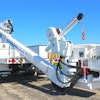


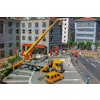


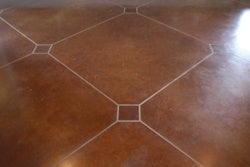


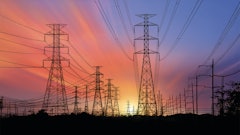

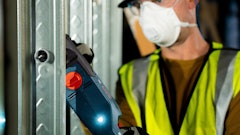

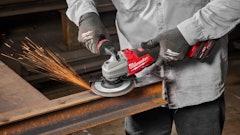



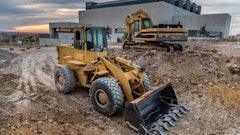
![Building Angled Sm Edit 6050b8d213f1b[1]](https://img.forconstructionpros.com/mindful/acbm/workspaces/default/uploads/2025/09/building-angled-sm-edit6050b8d213f1b1.Ygq5aAos3b.png?ar=16%3A9&auto=format%2Ccompress&crop=focalpoint&fit=crop&fp-x=0.53&fp-y=0.23&fp-z=2&h=135&q=70&w=240)
